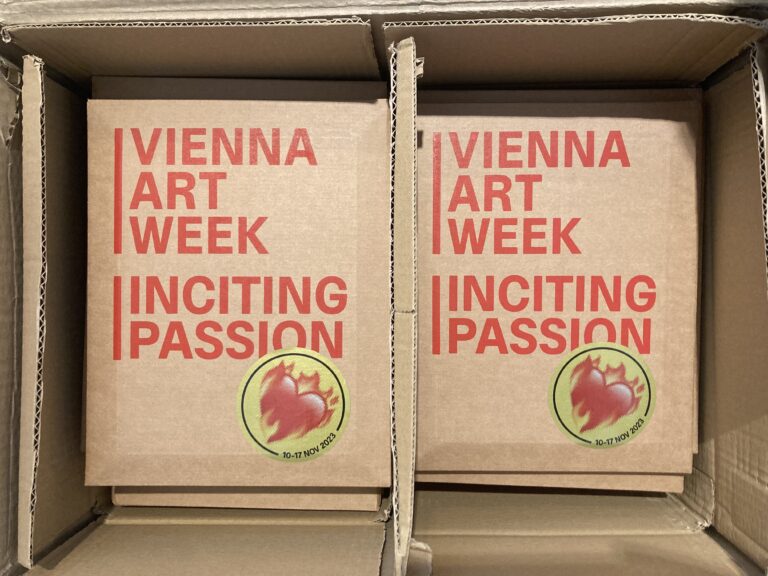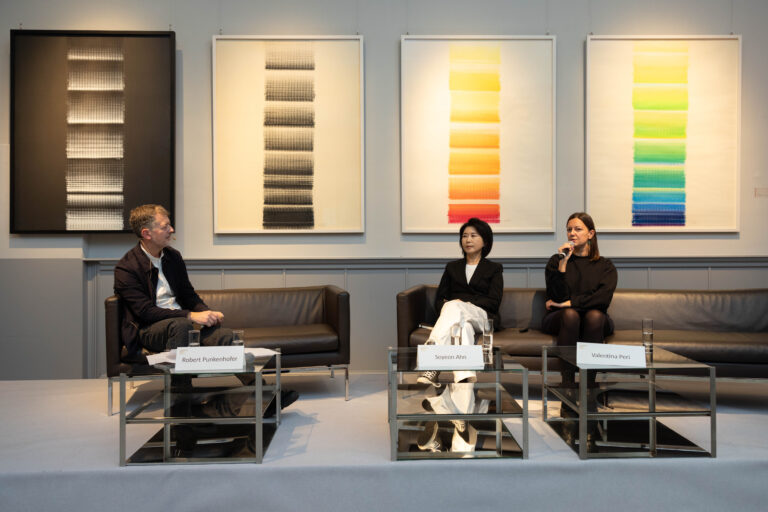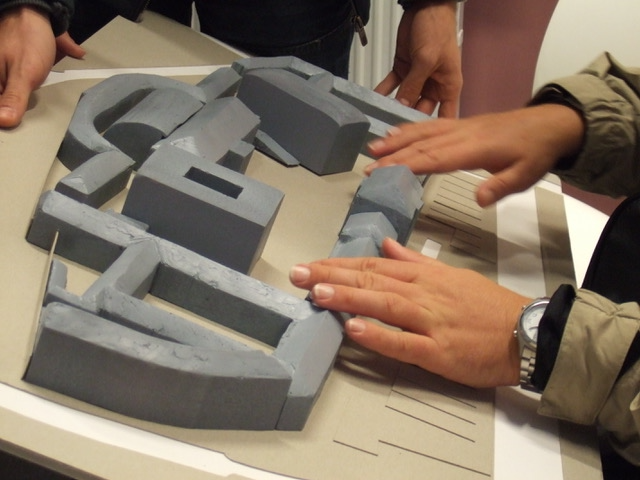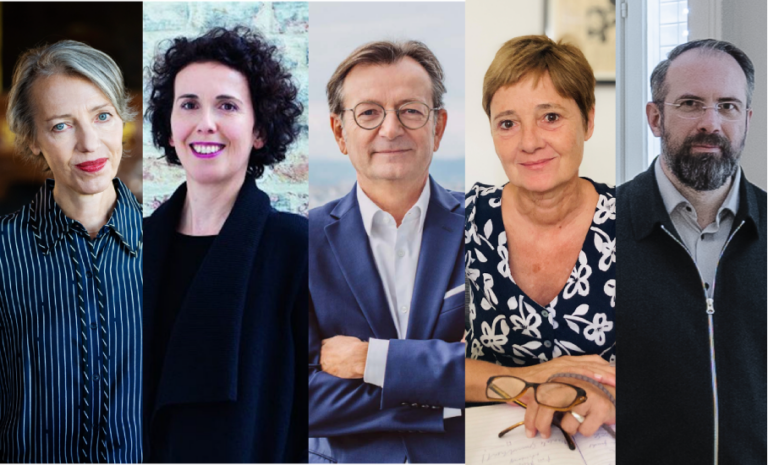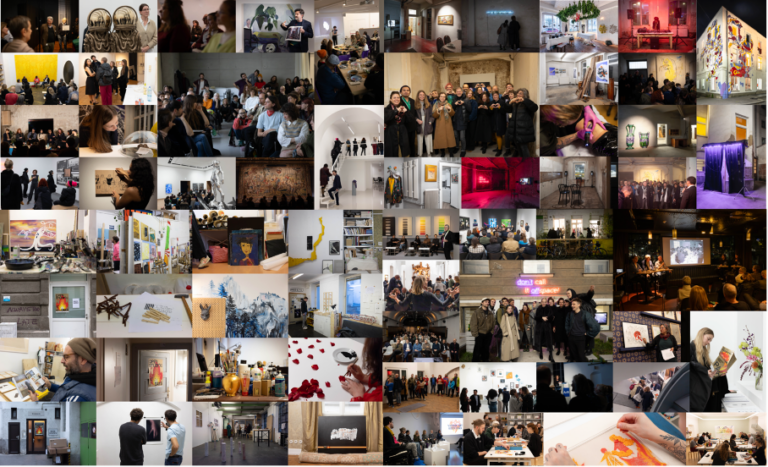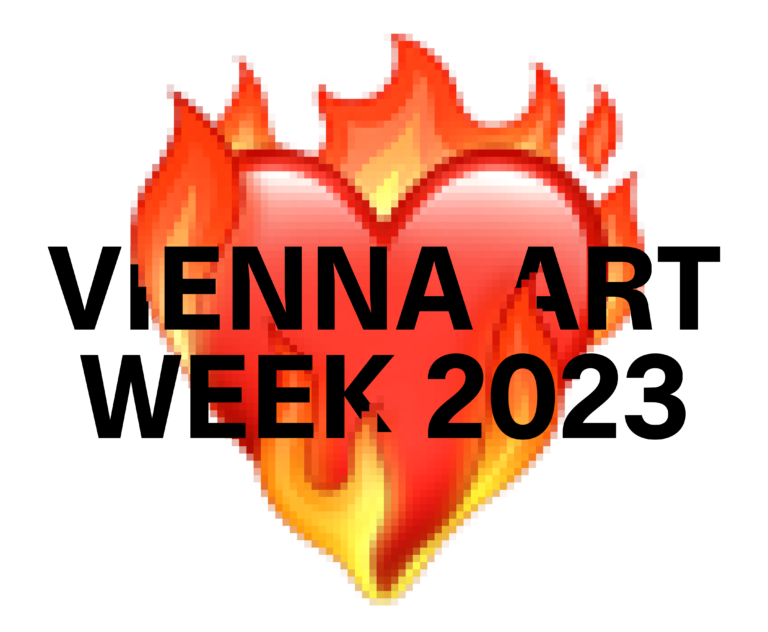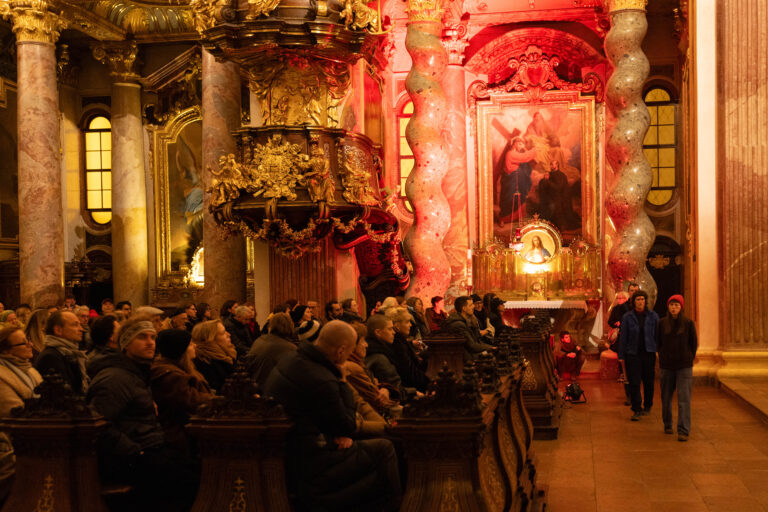INCITING PASSION: What are our directors burning for? Part 1

Behind the Vienna Art Week stands the supporting association “Art Cluster Vienna”. We asked our members where they see passion in the arts and their institutions. Here are their answers…
Artistic Director
STRABAG Kunstforum
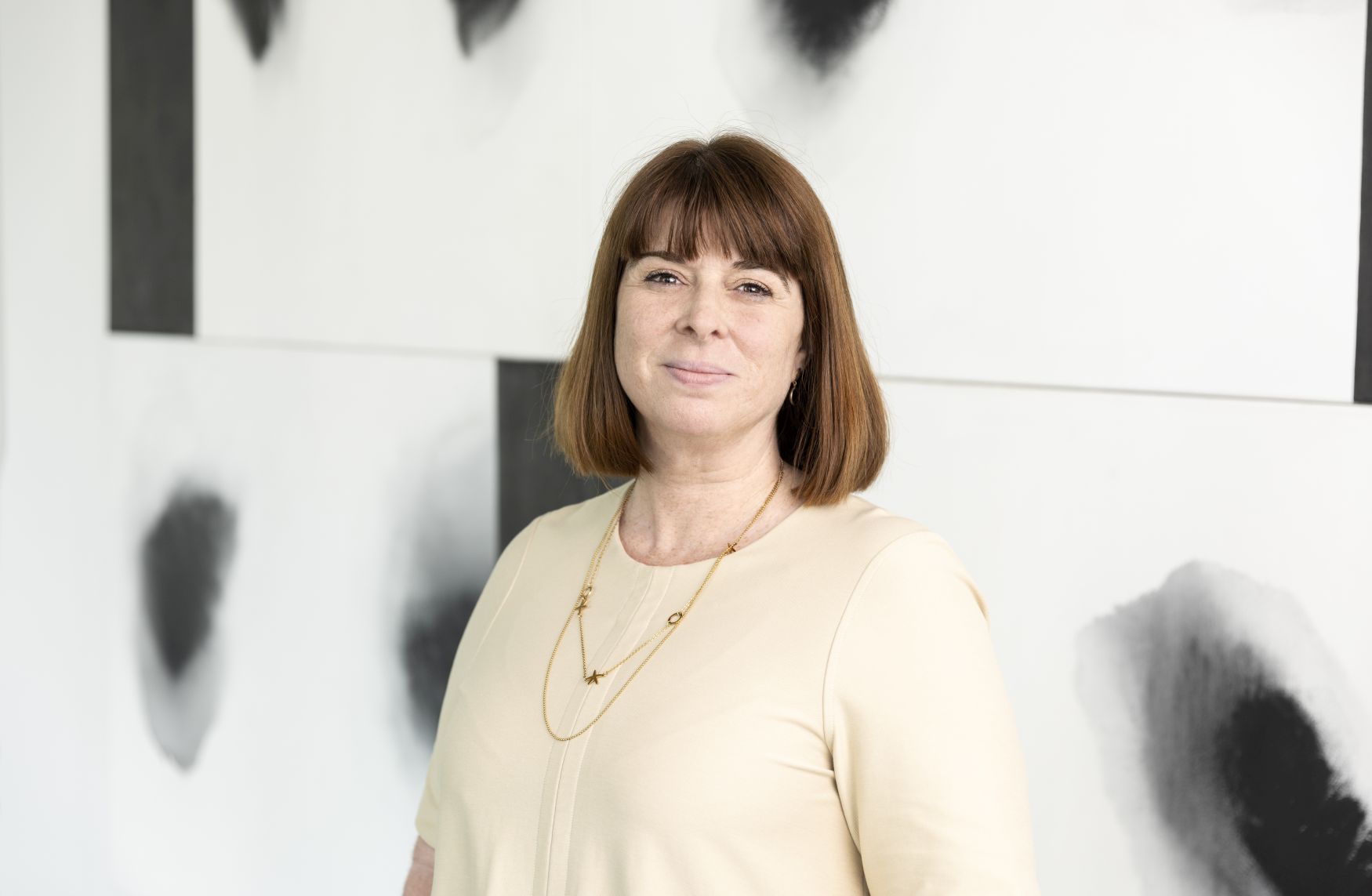
©Eva Kelety
Art and passion inevitably belong together, regardless of whether one is active as an artist, receives it, or collects it. Passion in art occurs in almost all forms of expression and we have a variety that accompanies us in art history and sociology. We at STRABAG Kunstforum have been passionately promoting young artists for over thirty years. We support them in their development, accompany them, exhibit them here in the STRABAG Artlounge, or collect them in our STRABAG Artcollection. The driving force is, of course, always the openness and curiosity to preserve and engage with new artistic positions. At the moment, the problems surrounding us are igniting this passion. Be it the climate crisis, the fight for peace and freedom or war. Artists try to take up these topics in different media, to present them and to draw our attention to them in the hope of a better future.
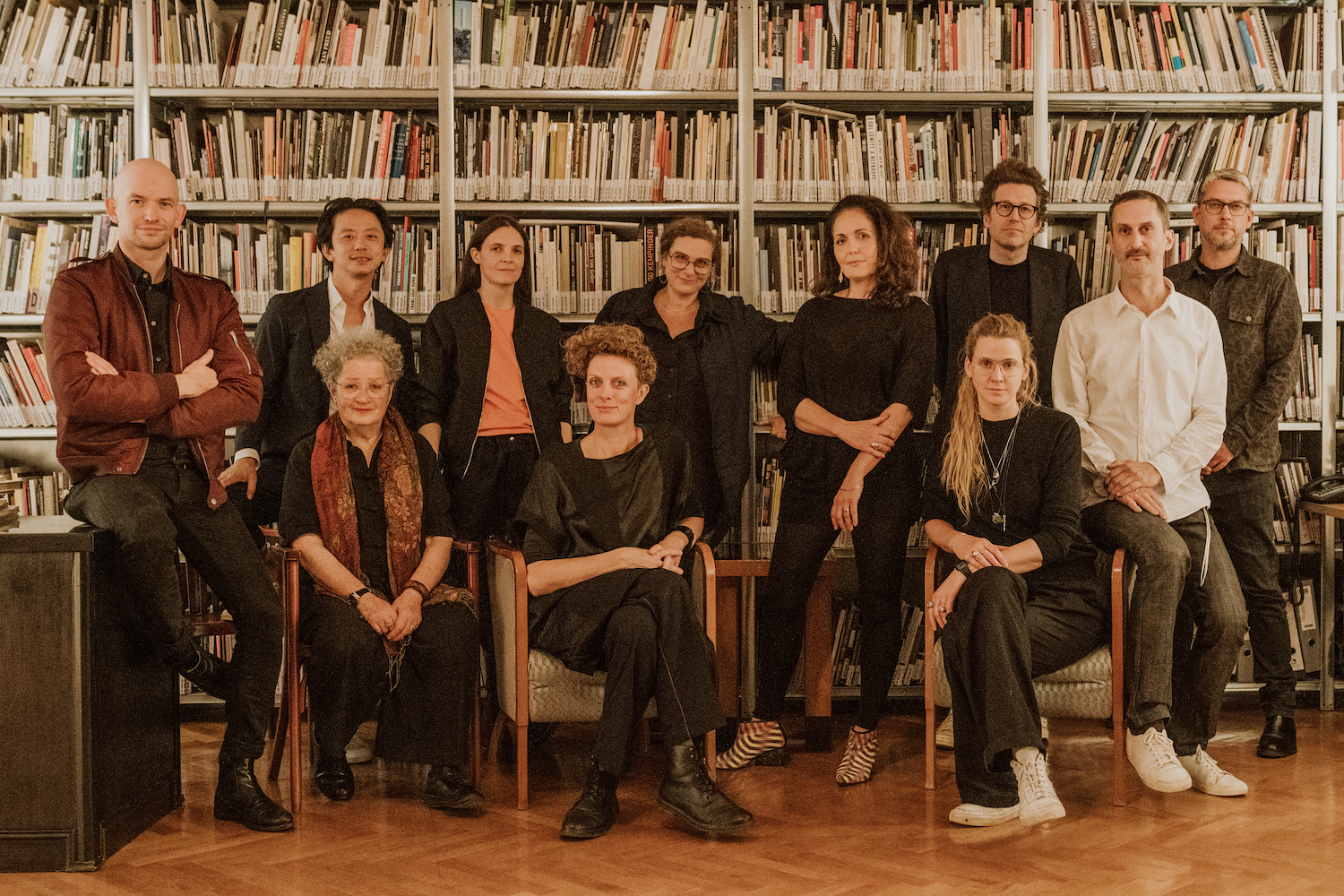
The Board of the Association of Visual Artists: Ramesch Daha, President of the Secession, and the board members (in alphabetical order) Ricarda Denzer, Barbara Kapusta, Wilfried Kühn, Ulrike Müller (not in the picture), Nick Oberthaler, Michael Part, Lisl Ponger, Axel Stockburger, Sophie Thun, Anna Witt (not in the picture) and Jun Yang, Photo: Natascha Unkart / belle & sass
The expression of our passion is art! As the board of an artists’ association, we want to create an open space for the uncompromising realization of artistic ideas and offer a platform for new perspectives in dealing with complex realities of life and global challenges.
Artistic Director
Künstlerhaus
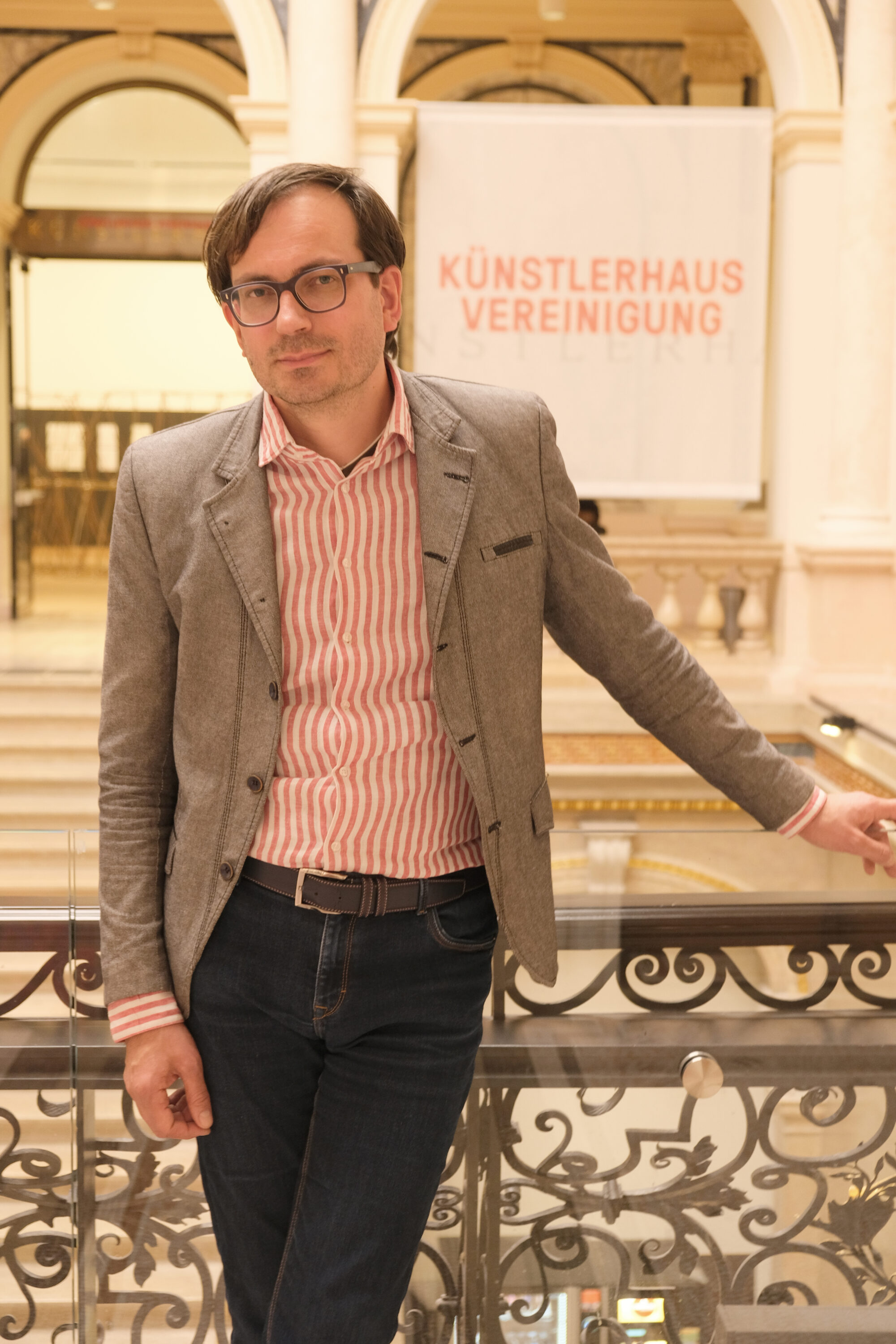
Photo: Irina Pozdorovkina
I often experience our approach to contemporary art as an elitist circle to which only those in the know can belong. As if from a panoramic vantage point, artistic creation is viewed and analyzed with the greatest possible distance and linguistic sobriety. But shouldn’t we talk about art with more passion, accepting the risk of exposing ourselves and making ourselves vulnerable? Isn’t it nicer to stand up for something emotionally and to show it, rather than always carefully weighing up every word, trying to back up every argument with art-historical evidence, and concealing one’s own thoughts behind theoretical digressions and polished sentence constructions? In my function as artistic director, I also see myself as an art mediator. I burn for an art that enriches my life so much and makes it so worth living that I want to share this experience with other people – in the hope that my joy, my passion, my love for art may spill over to our audience.
Director
mumok
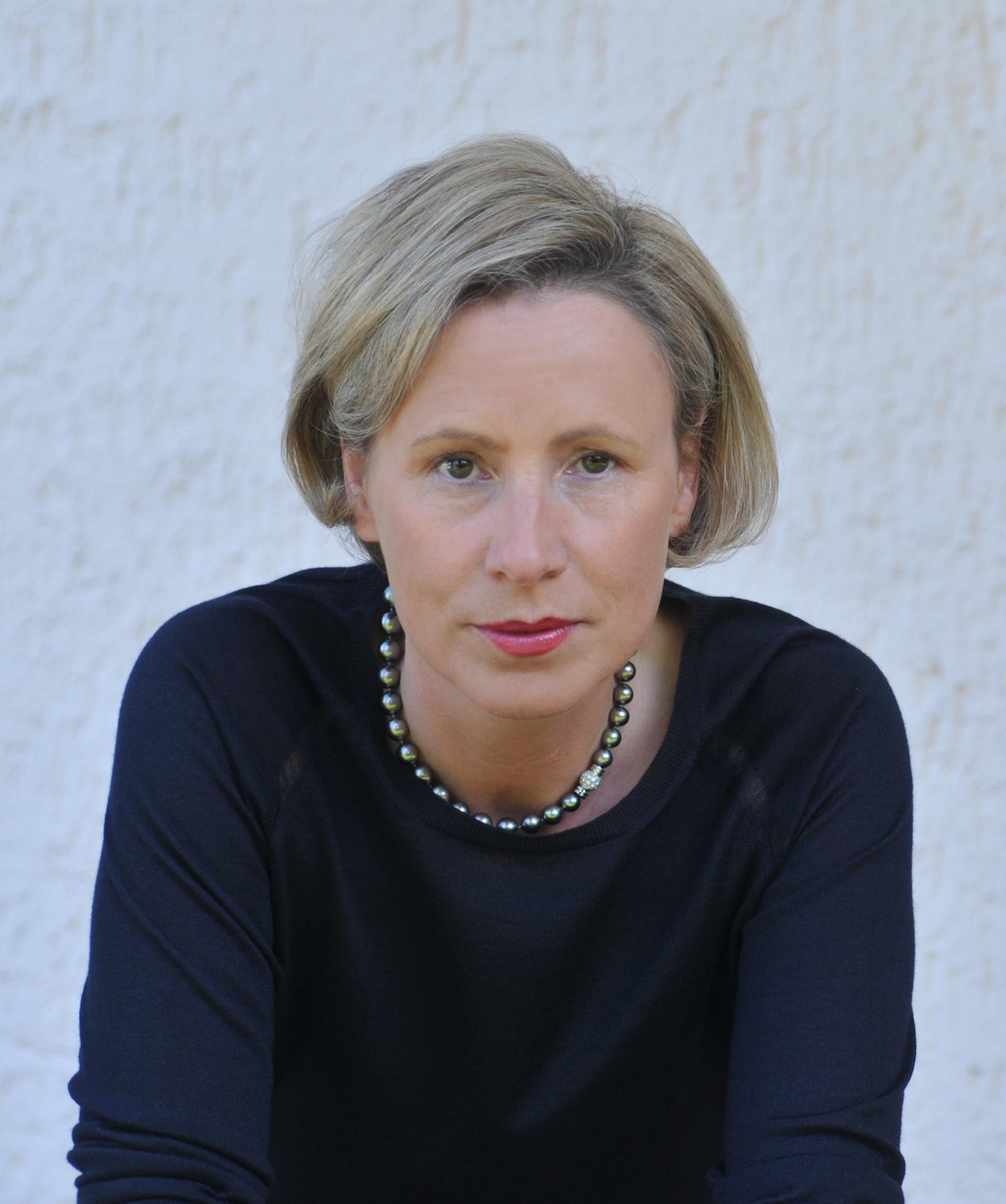
Photo: Andrea Kremper ©mumok
The concept of passion in its countless facets and forms is reflected in the current exhibition program at the mumok: In Elisabeth Wild’s collages, the fantastic worlds that the artist created anew every day until she was 98 years old. In Adam Pendleton’s passionate exploration of the concept of Black Dada, which finds expression in paintings, drawings, sculptures, and films. In the sacrificial rituals and martyr gestures with which the representatives of Viennese Actionism made visible their suffering from society. Or in the fascinating work of artist Benoît Piéron, whose artistic practice is shaped by his lifelong experience with illness, by the medical and social treatment of sick bodies, by experiences of waiting and uncertainty, by care and intimacy.
Director
Leopold Museum
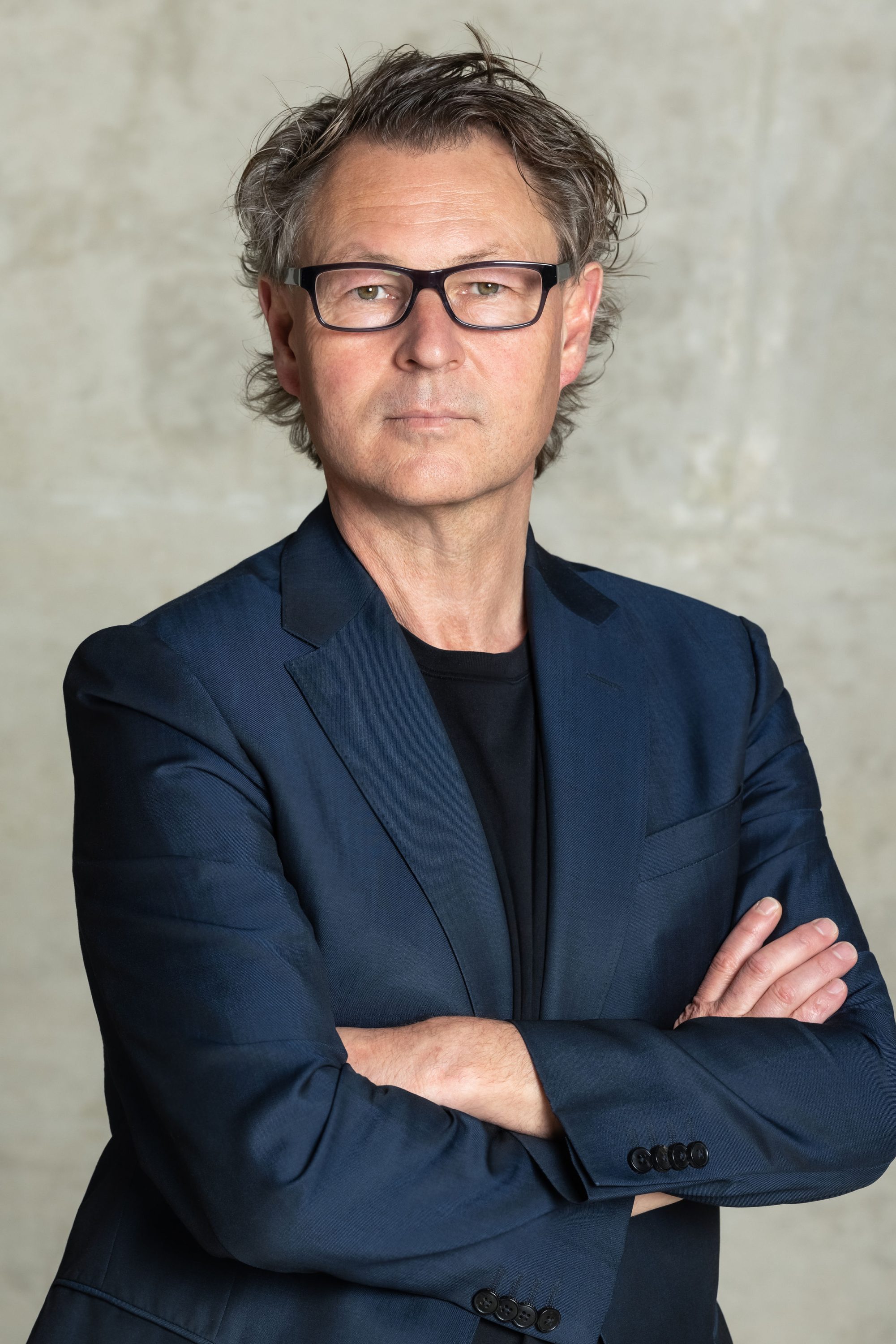
©Ouriel Morgensztern
Every year, hundreds of thousands of visitors stream into the Leopold Museum and are inspired by the diversity of the permanent Wien 1900 presentation and the temporary exhibitions – this fall those on Gabriele Münter and Max Oppenheimer. On the occasion of the museum’s recent Amazing exhibition on the Würth Collection, collector Reinhold Würth pointed out that after a visit to a museum, one leaves an art exhibition delighted or thoughtful, grateful, perhaps also sad or angry: “In any case, your emotions are influenced and changed in a museum. These are then traces that remain in the life cycle of the person and thus also shape the overall opinion.” For Rudolf Leopold, too, it was a visit to a museum that once sparked the enthusiasm for art in him. This initial spark gave rise to an extraordinary passion that led to the rediscovery of Egon Schiele. This passion formed the foundation of the Leopold Collection, which today is one of the most important art collections in the world.
General Director and Artistic Director MAK
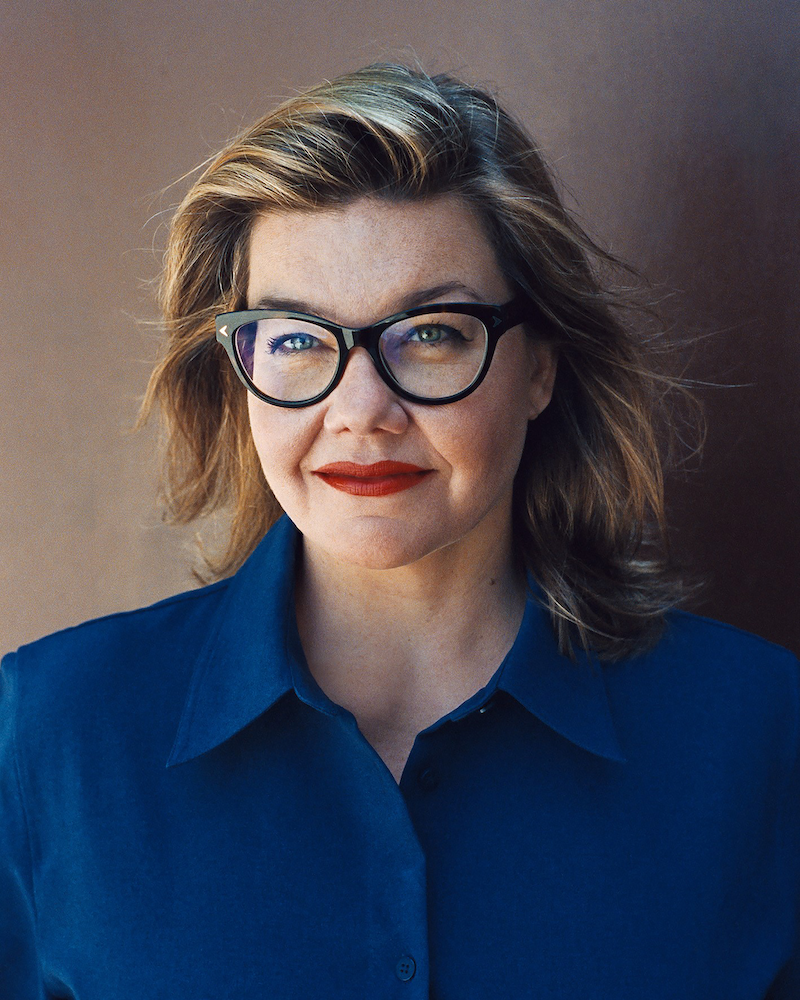
© Stefan Oláh
When passion stimulates, it is close to inspiration. Art inspires, incites – if not to produce, perhaps to collect. The power that lies in true passion drives and carries away. Art has this great energy, needs it and can generate it – in this sense, one should immerse oneself in this year’s Vienna Art Week.
